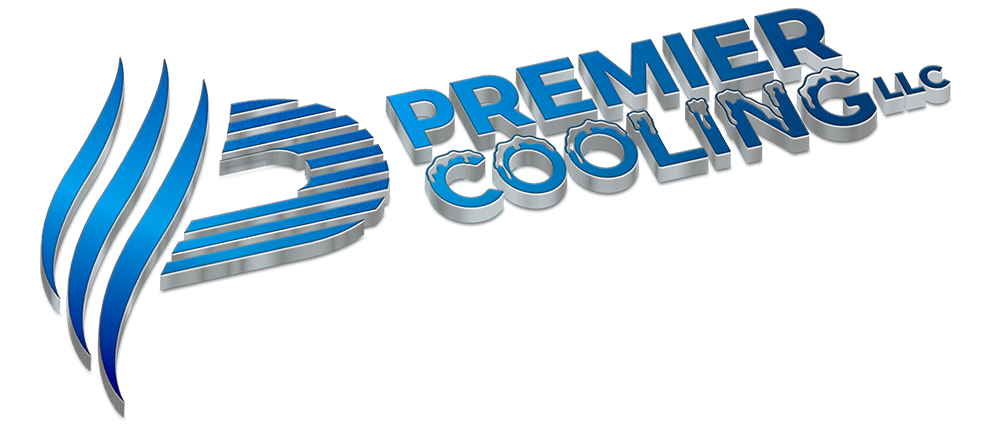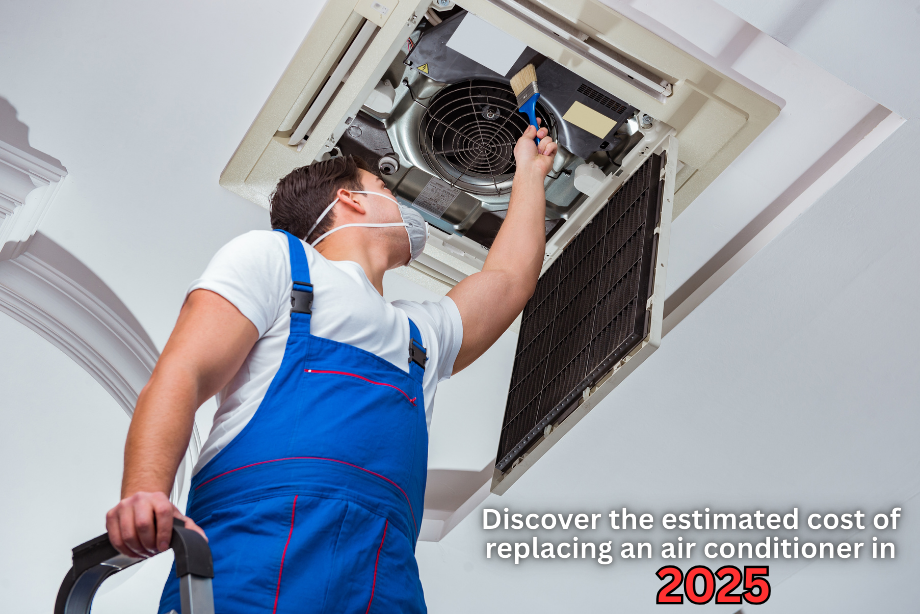
The Ultimate Guide to Heat Pump Repair in Broward County, Florida
July 3, 2024
5 Signs It’s Time for an HVAC Filter Replacement
July 13, 2024Taking care of your HVAC system is crucial for maintaining air quality and energy efficiency in your home. By understanding the importance of regular filter replacement and knowing the correct size and type for your system, you can ensure smooth operation and prolong its lifespan. Join us as we explore the tools needed and the step-by-step process for DIY HVAC filter replacement.
Understanding the Importance of Regular Filter Replacement
Regular HVAC filter replacement is essential for maintaining good indoor air quality and ensuring proper airflow throughout your home. Over time, filters become clogged with dust, allergens, and debris, making it harder for your HVAC system to operate efficiently.
Dirty filters restrict airflow, forcing the system to work harder and consume more energy. This not only leads to higher utility bills but also puts a strain on the system, potentially causing unnecessary wear and tear.
By replacing your HVAC filters regularly, you not only improve air quality but also increase the lifespan of your system. Clean filters help prevent dust and debris from building up in ducts and components, reducing the risk of malfunctions and breakdowns.
Additionally, clean filters can help maintain consistent temperatures and humidity levels in your home, providing a comfortable and healthy living environment for you and your family.
Identifying the Correct Filter Size and Type for Your HVAC System
The first step in DIY HVAC filter replacement is determining the correct size and type of filter for your specific system. Filters come in various sizes and ratings, so it’s essential to check your system’s manual or current filter for the right specifications.
Choosing the wrong filter size can lead to improper filtration and airflow issues. It’s crucial to always use the recommended filter size to ensure optimal performance and efficiency.
In addition to size, consider the type of filter that best suits your needs. There are different filter materials, such as fiberglass, pleated, washable, and high-efficiency particulate air (HEPA) filters, each offering varying levels of filtration and durability.
Understanding your home’s air quality needs and system requirements will help you select the most suitable filter to keep your HVAC system running smoothly and efficiently.
If you’re unsure about the correct filter size or type for your HVAC system, consult with a professional to ensure you make the right choice for your specific needs.
Tools Needed and Step-By-Step Filter Replacement Process
Before starting the HVAC filter replacement process, gather the necessary tools and equipment. You’ll typically need a new filter (of the correct size and type), a screwdriver, gloves, and maybe a vacuum cleaner.
To begin, turn off your HVAC system to ensure safety during the replacement process. Locate the filter access panel, which is usually found near the air handler or furnace.
Carefully remove the old filter and dispose of it properly. Take note of the airflow direction indicated on the filter frame to ensure correct installation of the new filter.
Insert the new filter into the filter slot, making sure it fits securely. Close the filter access panel and switch the HVAC system back on. Check for proper airflow and listen for any unusual sounds that may indicate incorrect filter installation.
Regularly checking and replacing your HVAC filter is a quick and simple maintenance task that goes a long way in keeping your system efficient and your indoor air clean. Make it a part of your routine maintenance schedule to enjoy a healthier home environment.
Maintaining a Healthy HVAC System
Remember, regular HVAC filter replacement is key to a healthy HVAC system. By following the proper steps for filter replacement and understanding the impact of clean filters on air quality and energy efficiency, you can keep your system running smoothly. Don’t overlook this simple yet effective maintenance task that can make a world of difference in your home’s comfort and air quality.






